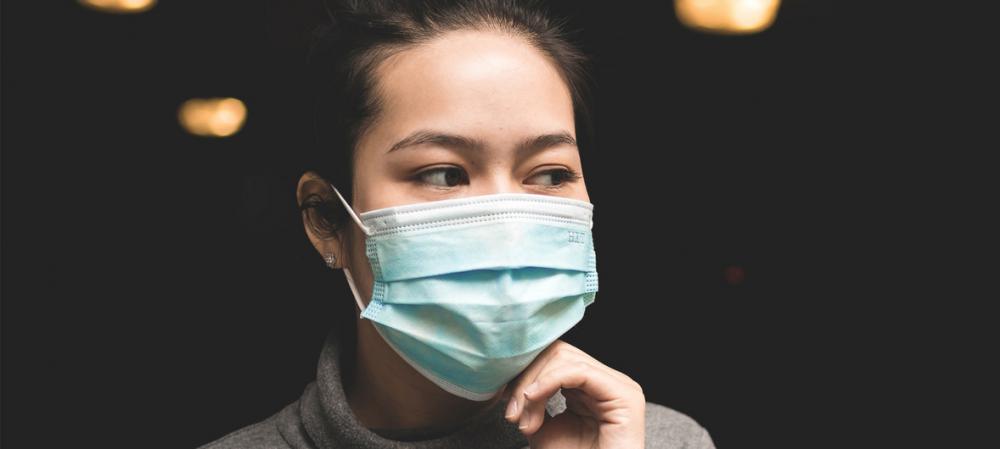Just Earth News | @justearthnews | 21 Jan 2020, 10:16 pm Print

It is official. The deadly coronavirus which has claimed nine lives in China, has arrived in USA. The Centers for Disease Control and Prevention (CDC) has confirmed the first case of 2019 Novel Coronavirus (2019-nCoV), in the United States in the state of Washington.
"The patient recently returned from Wuhan, China, where an outbreak of pneumonia caused by this novel coronavirus has been ongoing since December 2019. While originally thought to be spreading from animal-to-person, there are growing indications that limited person-to-person spread is happening. It’s unclear how easily this virus is spreading between people," read the statement issued by the CDC.
The patient from Washington with confirmed 2019-nCoV infection returned to the United States from Wuhan on Jan 15, 2020.
The patient sought care at a medical facility in the state of Washington, where the patient was treated for the illness.
Based on the patient’s travel history and symptoms, healthcare professionals suspected this new coronavirus.
A clinical specimen was collected and sent to CDC overnight, where laboratory testing yesterday confirmed the diagnosis via CDC’s Real time Reverse Transcription-Polymerase Chain Reaction (rRT-PCR) test.
CDC has been proactively preparing for the introduction of 2019-nCoV in the United States for weeks, including:
First alerting clinicians on January 8, 2020, to be on the look-out for patients with respiratory symptoms and a history of travel to Wuhan, China.
Developing guidance for clinicians for testing and management of 2019-nCoV, as well as guidance for home care of patients with 2019-nCoV.
Developing a diagnostic test to detect this virus in clinical specimens, accelerating the time it takes to detect infection. Currently, testing for this virus must take place at CDC, but in the coming days and weeks, CDC will share these tests with domestic and international partners
On January 17, 2020, CDC began implementing public health entry screening at San Francisco (SFO), New York (JFK), and Los Angeles (LAX) airports. This week CDC will add entry health screening at two more airports – Atlanta (ATL) and Chicago (ORD).
CDC has activated its Emergency Operations Center to better provide ongoing support to the 2019-nCoV response.
CDC is working closely with the state of Washington and local partners. A CDC team has been deployed to support the ongoing investigation in the state of Washington, including potentially tracing close contacts to determine if anyone else has become ill.
Coronaviruses are a large family of viruses, some causing respiratory illness in people and others circulating among animals including camels, cats and bats. Rarely, animal coronaviruses can evolve and infect people and then spread between people, such as has been seen with Severe Acute Respiratory Syndrome (SARS) and Middle East Respiratory Syndrome (MERS).
When person-to-person spread has occurred with SARS and MERS, it is thought to happen via respiratory droplets with close contacts, similar to how influenza and other respiratory pathogens spread.
The situation with regard to 2019-nCoV is still unclear. While severe illness, including illness resulting in several deaths, has been reported in China, other patients have had milder illness and been discharged. Symptoms associated with this virus have included fever, cough and trouble breathing. The confirmation that some limited person-to-person spread with this virus is occurring in Asia raises the level of concern about this virus, but CDC continues to believe the risk of 2019-nCoV to the American public at large remains low at this time.
- From thinning to thriving? New hair loss treatment is showing promising results in trials
- Surprising coffee link: Daily cups may slow ageing in severe mental illness
- Malaria crisis looms as WHO reveals explosive rise in drug resistance
- Study shows nanoplastics from bottles are not just pollution—They may be harming you from within
- Are birth control pills affecting your mental health? New study raises red flags



-1763561110.jpg)


